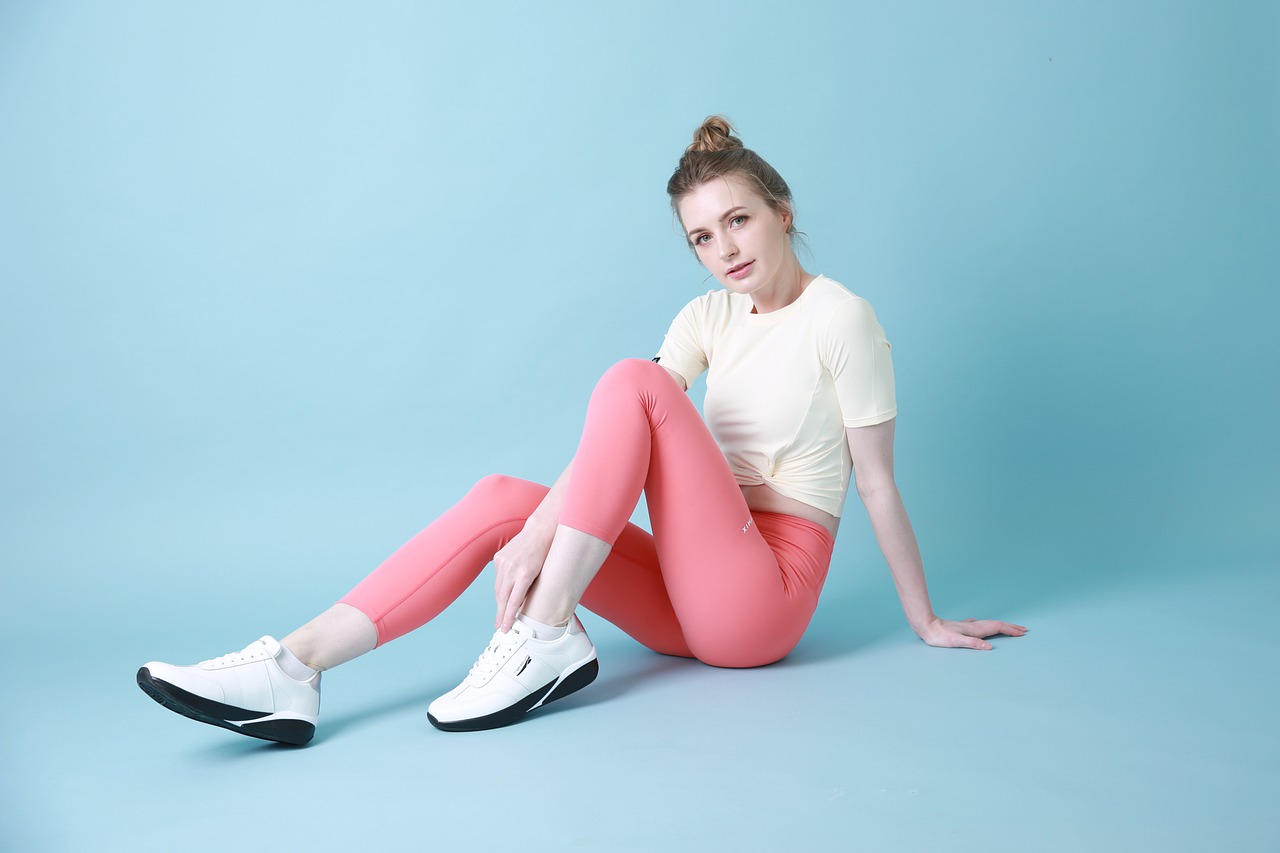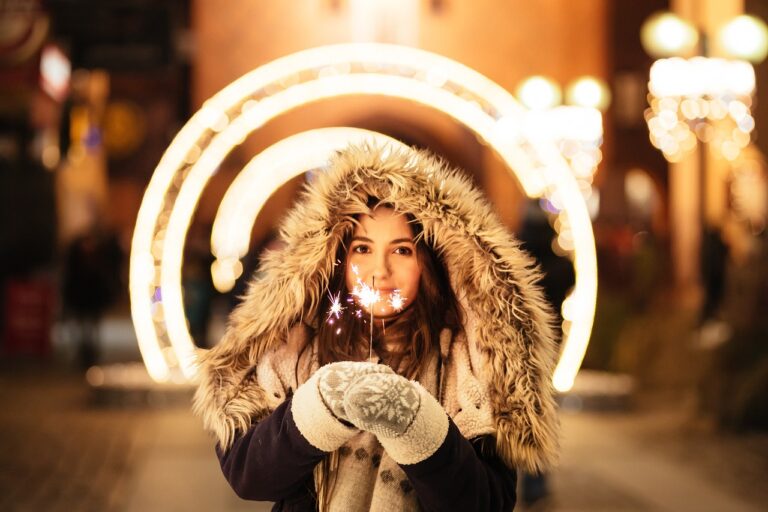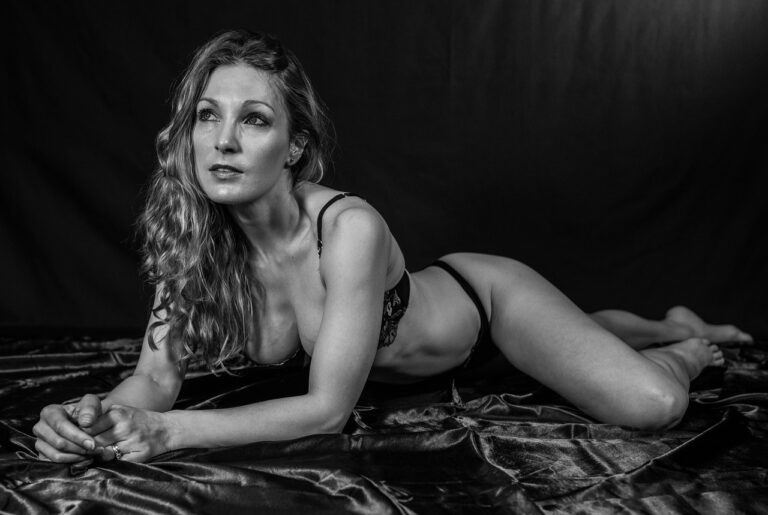Breaking Down Dress Codes: Deciphering What to Wear for Every Occasion
Formal dress codes play a crucial role in various social and professional settings. They serve as guidelines to help individuals dress appropriately for specific events or occasions. Understanding formal dress codes is essential in order to make a positive impression and adhere to the expectations of the host or organization.
Whether it’s a black-tie event, a white-tie affair, or a cocktail party, knowing the differences between these formal dress codes is key. For men, black tie typically requires a tuxedo, while white tie demands a tailcoat and white bow tie. For women, formal gowns or elegant cocktail dresses are usually appropriate for such occasions. By familiarizing oneself with these distinctions, individuals can ensure they are dressed fittingly for any formal event they attend.
Decoding Business Attire
Business attire is a reflection of professionalism and respect in the workplace. It typically entails wearing a tailored suit in neutral colors such as black, navy, or grey. For men, this means a dress shirt, tie, dress pants, and leather dress shoes, while women often opt for a pantsuit or skirt suit paired with closed-toe heels.
Accessories should be kept minimal and conservative to maintain a polished appearance. It is important to remember that adhering to the business attire dress code demonstrates your commitment to the job and can leave a positive impression on colleagues and clients. Remember, dressing appropriately shows that you take your role seriously and are ready to tackle any task that comes your way.
• Business attire reflects professionalism and respect in the workplace
• Tailored suits in neutral colors like black, navy, or grey are common
• Men typically wear a dress shirt, tie, dress pants, and leather shoes
• Women often choose a pantsuit or skirt suit with closed-toe heels
• Accessories should be minimal and conservative for a polished look
Adhering to the business attire dress code not only shows commitment to the job but also leaves a positive impression on colleagues and clients. By dressing appropriately, you convey that you take your role seriously and are prepared to handle any challenges that may arise. Remember that first impressions matter in the business world, so dressing professionally can help set the tone for successful interactions with others.
Navigating Casual Dress Expectations
When it comes to casual dress expectations, it’s important to strike a balance between comfort and professionalism. Opt for clothing that is relaxed yet still appropriate for the setting. Avoid overly casual items like sweatpants or graphic t-shirts, and instead, choose well-fitted jeans and a nice blouse or polo shirt.
Remember that even in a casual setting, it’s always better to be slightly overdressed than underdressed. Choose clean and neat clothing that is free of wrinkles or stains. Accessorize tastefully with simple jewelry and avoid anything too flashy or distracting. By paying attention to these details, you can ensure that you are presenting yourself in a polished and put-together manner, even in a casual environment.
What is the difference between formal and casual dress codes?
Formal dress codes typically require attire such as suits, ties, and dresses, while casual dress codes allow for more relaxed clothing such as jeans and t-shirts.
How can I navigate casual dress expectations in the workplace?
It’s important to understand your company’s dress code policy and dress accordingly. When in doubt, it’s always better to be slightly overdressed than underdressed.
Can I wear jeans to a business casual event?
In most cases, yes. However, it’s best to pair them with a nice blouse or button-down shirt to maintain a professional appearance.
What is considered appropriate business attire for women?
Business attire for women typically includes tailored pants or skirts, blouses, blazers, and closed-toe shoes. Avoid overly casual clothing such as flip-flops or tank tops.
Is it acceptable to wear sneakers to a casual dress event?
It depends on the event and the overall dress code. In some cases, clean and stylish sneakers may be acceptable, while in others, it may be best to opt for more traditional footwear.







